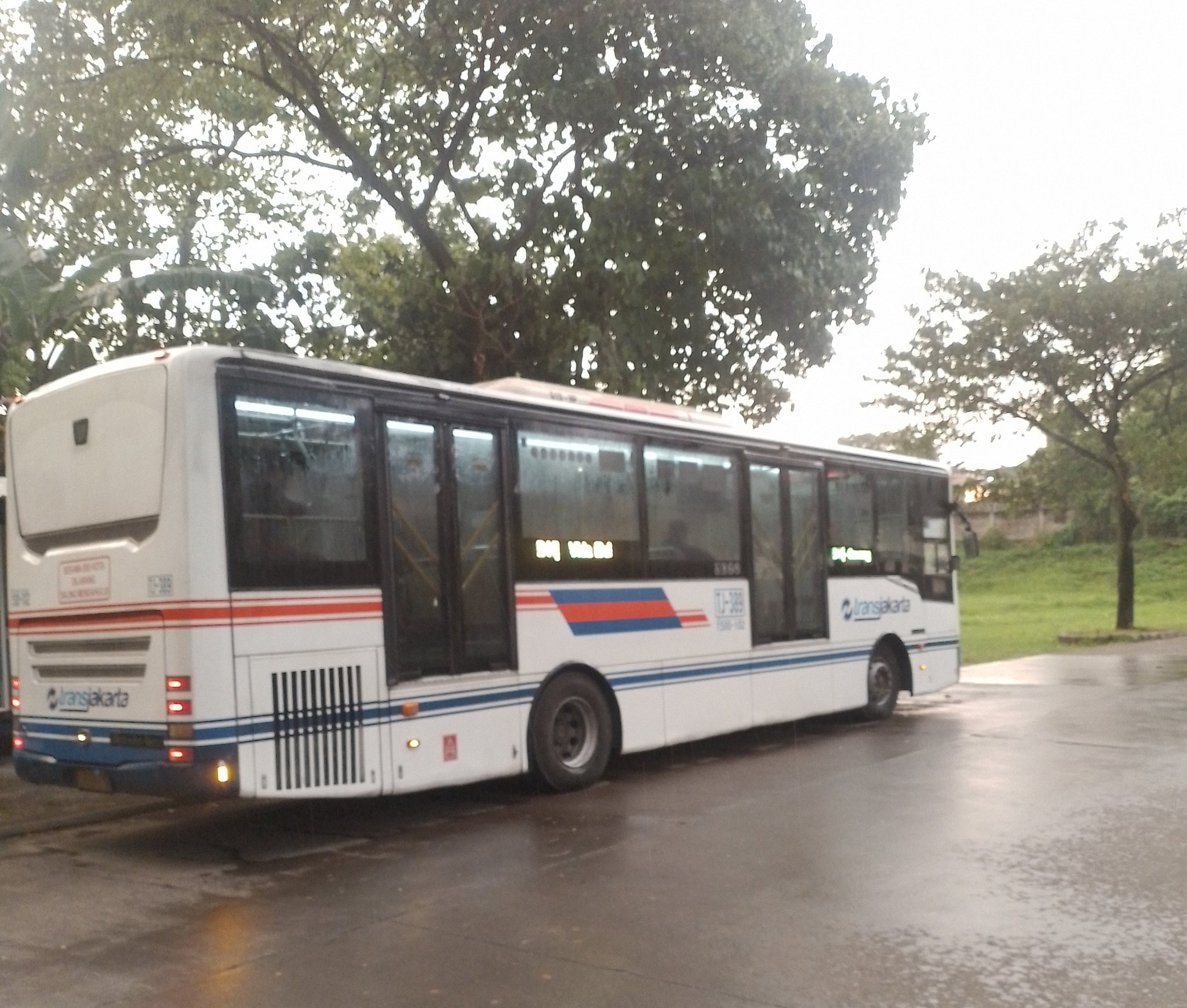Hi Everyone!
My name is Anqi Xu and I’m currently based in Vancouver Canada:) I am a geocoding (and open source) newbie and I’m super honoured to be working on the Transliteration of Search Results project this summer and am really excited to hone my coding skills and learn more about OpenStreetMap! The link to my proposal can be found here. Feedback is welcome (and much appreciated)!
A bit about me; I’m going to graduate (hopefully) from UBC Engineering Physics later this month. I’ve done a variety of internships in many different industries, including quantitative finance, particle physics research, and semiconductor manufacturing! I’m a big believer in lifelong learning, and I really enjoy board games, crosswords, and silly logic games! I’m also a big fan of travelling and visiting new places, and have recently started to document some of that on Youtube.
Thanks for having me and I’m looking forward to meeting everyon!








